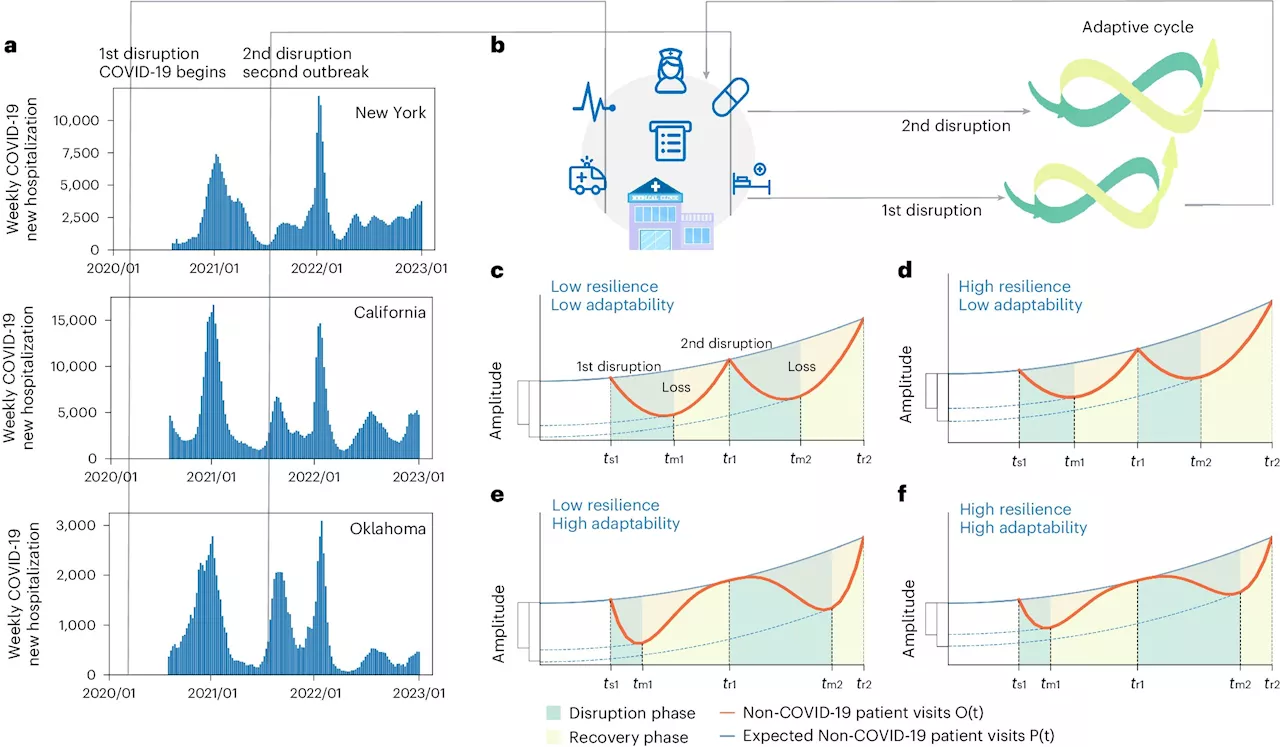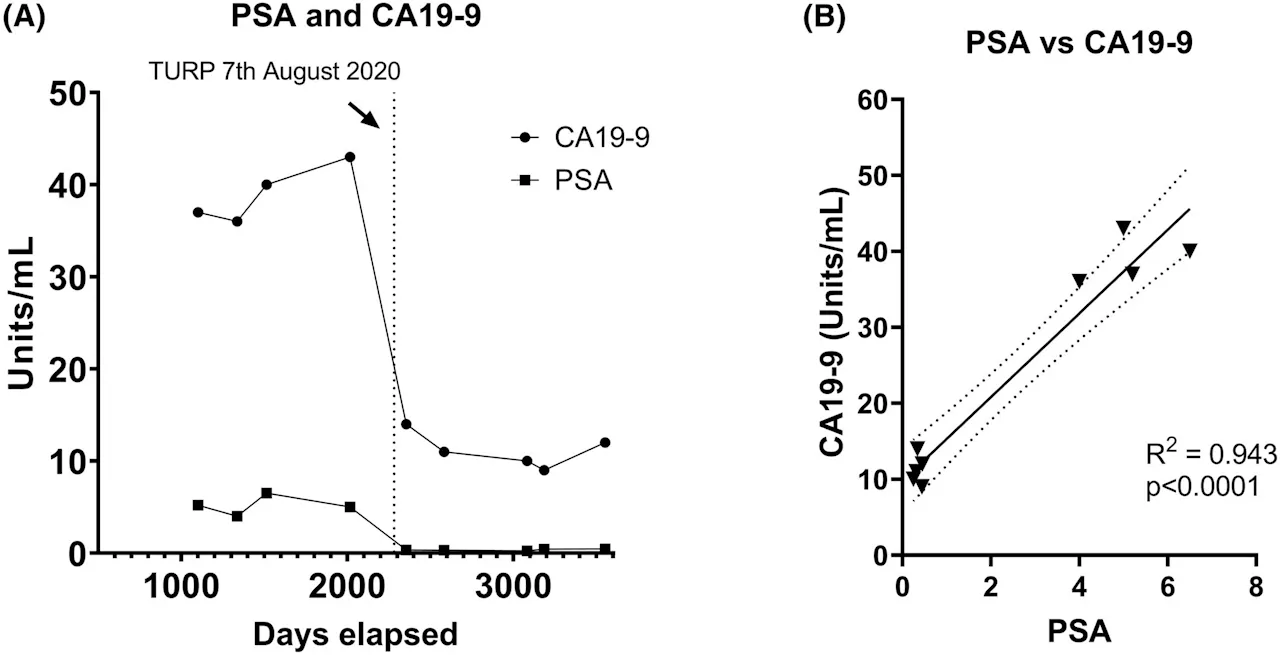In a new review paper, researchers from the Universities of Arizona, Oxford and Leeds analyzed dozens of previous studies into long COVID to examine the number and range of people affected, the underlying mechanisms of disease, the many symptoms that patients develop, and current and future treatments.
University of Arizona Health SciencesAug 2 2024 In a new review paper, researchers from the Universities of Arizona, Oxford and Leeds analyzed dozens of previous studies into long COVID to examine the number and range of people affected, the underlying mechanisms of disease, the many symptoms that patients develop, and current and future treatments.
Long COVID can affect almost anyone, including all age groups and children. It is more prevalent in females and those of lower socioeconomic status, and the reasons for such differences are under study. The researchers found that while some people gradually get better from long COVID, in others the condition can persist for years. Many people who developed long COVID before the advent of vaccines are still unwell.
Janko Nikolich, MD, PhD, senior author of the paper, director of the Aegis Consortium at the U of A Health Sciences, professor and head of the Department of Immunobiology at the U of A College of Medicine – Tucson, and BIO5 Institute member The review study also found that a wide range of biological mechanisms are involved, including persistence of the original virus in the body, disruption of the normal immune response, and microscopic blood clotting, even in some people who had only mild initial infections.
Brain Brain Fog Children Chronic Covid-19 Fatigue Medicine Pain Research
Ireland Latest News, Ireland Headlines
Similar News:You can also read news stories similar to this one that we have collected from other news sources.
 Researchers draw insights from COVID-19 to inform improved health care in times of crisisAmong the many challenges that the COVID-19 pandemic presented, disruptions in health care were among the most impactful. The pandemic was large-scale, lasted over two years, and resulted in millions of hospitalizations and 1.2 million deaths in the United States alone.
Researchers draw insights from COVID-19 to inform improved health care in times of crisisAmong the many challenges that the COVID-19 pandemic presented, disruptions in health care were among the most impactful. The pandemic was large-scale, lasted over two years, and resulted in millions of hospitalizations and 1.2 million deaths in the United States alone.
Read more »
 Advancing cervical cancer prevention in China: New insights and future strategiesAs the fourth most commonly diagnosed cancer among women worldwide, cervical cancer places a significant burden on low and middle-income countries. Although China reports lower incidence and mortality rates compared to the global average, the stark contrast in mortality rates with developed nations like the U.S. and the U.K.
Advancing cervical cancer prevention in China: New insights and future strategiesAs the fourth most commonly diagnosed cancer among women worldwide, cervical cancer places a significant burden on low and middle-income countries. Although China reports lower incidence and mortality rates compared to the global average, the stark contrast in mortality rates with developed nations like the U.S. and the U.K.
Read more »
 New insights into metabolic and immune pathway interactions in obesityMetabolic and immune pathways are highly regulated and interwoven by multiple mechanisms to govern metabolic health. Dysregulation of these pathways underlies the development of metabolic diseases such as obesity and type 2 diabetes (T2D), which have become prevalent worldwide in recent years.
New insights into metabolic and immune pathway interactions in obesityMetabolic and immune pathways are highly regulated and interwoven by multiple mechanisms to govern metabolic health. Dysregulation of these pathways underlies the development of metabolic diseases such as obesity and type 2 diabetes (T2D), which have become prevalent worldwide in recent years.
Read more »
 Breakthrough humanized mouse model offers new insights for immunotherapy developmentA breakthrough for biomedical research promises new insight into immunotherapy development and disease modeling.
Breakthrough humanized mouse model offers new insights for immunotherapy developmentA breakthrough for biomedical research promises new insight into immunotherapy development and disease modeling.
Read more »
 The world’s most studied rainforest is still yielding new insightsEven after a century of research, a tropical rainforest in Panama continues to shed valuable light on the world’s abundance of natural life
The world’s most studied rainforest is still yielding new insightsEven after a century of research, a tropical rainforest in Panama continues to shed valuable light on the world’s abundance of natural life
Read more »
 Quest for better pancreatic cancer tests gains insights from survivor's dataPatients with advanced cases of pancreatic cancer have a poor survival rate, and in the early stages the cancer does not usually produce any noticeable symptoms.
Quest for better pancreatic cancer tests gains insights from survivor's dataPatients with advanced cases of pancreatic cancer have a poor survival rate, and in the early stages the cancer does not usually produce any noticeable symptoms.
Read more »
